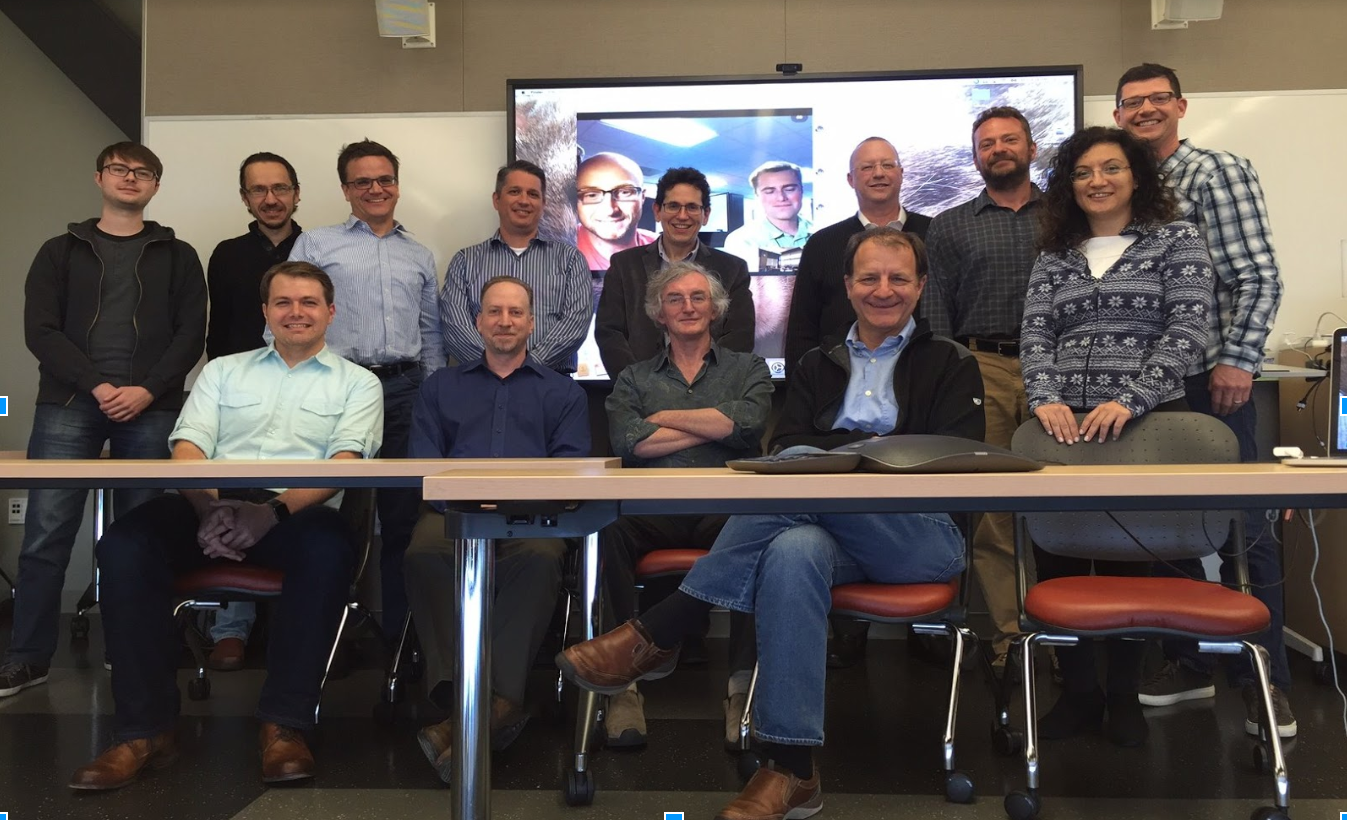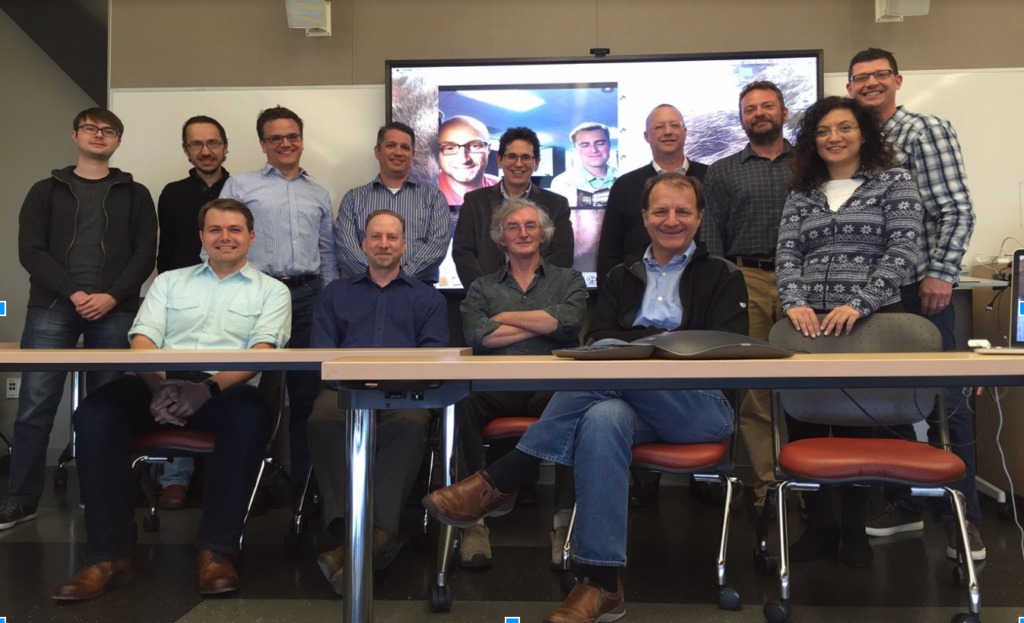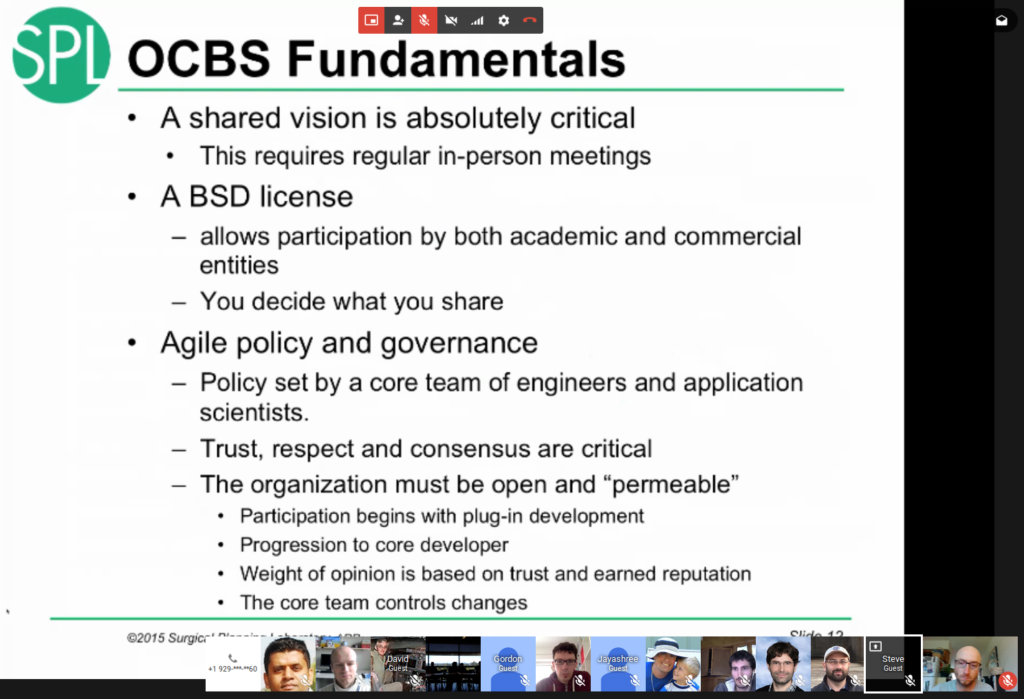GabFest meeting: Building the Medical Imaging Web App Software Community

On March 28th, the GabFest meeting took place at Stanford University School of Medicine. Kitware helped organize remote attendance at the meeting, which brought together researchers and engineers in medical imaging. Participation was international and included attendees from the United States, Belgium, France, Germany, Colombia, and Spain. The meeting provided a forum to brainstorm and lay the foundation for efficient and productive collaborative software development with roots in Web technology.
More “traditional” workstation-based medical imaging research software development pathways that are built on the Visualization Toolkit (VTK), the Insight Segmentation and Registration Toolkit (ITK), the Common Toolkit (CTK), Qt, and Python have a bright future. It is also important, however, to consider the Web as a foundational technology. The Web will allow us to create microservice and cloud-based solutions that leverage lightweight container-based technologies (e.g., Docker), computational resources that are available on demand, and recent advances in Web standardization.

During the first part of the meeting, we shared our experiences, goals, and expectations. Then, we took part in a set of guided discussions around existing toolkits and libraries. Finally, Ron Kikinis, Director of the Surgical Planning Laboratory at Brigham and Women’s Hospital, wrapped up the meeting.
This document, created before and during the event, is organized to reflect the spirited and wide-ranging nature of the discussions. The aim of sharing the content is to help foster a community of interested parties who are willing to participate in future developments.

The broadly accepted idea is that a large team split across organizations necessitates a looser federation. This means that moving forward, we will work together to provide a mechanism to facilitate the organization and discovery of medical-related Web components. For example, similar to what was done by biojs, we are considering setting up a dedicated portal that presents a curated list of such components. We are planning follow-up discussions including a week-long hackfest to jointly explore the development of shared software components.